|
Enjoy a sample from this month's Newsletter:
|
NOTE: The studies we will review are tagged with citation numbers like this: [2]
If you “click” on that red number, you will be transported to the actual study.
Many of the graphics can also be enlarged by clicking on them.
Supplementation For The Prevention of Disease

Negative Press
Almost every year there's a new spate of negative studies about the benefits of supplementation. Two of the worst examples were papers published in the
Journal of the American Medical Association, reporting on the results of the Physicians' Health Study trial. The authors enrolled 14,641 male physicians from the United States, aged 50 years or older.
They divided them into 4 groups, so only 3,656 doctors actually received 400 IU (international units) of vitamin E every other day, and 500 mg of “vitamin C” daily. They tracked this group for 8 years, reviewed their health status, and then published 2 separate studies.
The first, or Heart paper, concluded that vitamin C and vitamin E supplementation
did not reduce the risk for major cardiovascular events.
[1]
However, their selection of candidates, and their methodology
was seriously flawed:
The median age of participants was 64.3 years old
[2]
42% had pre-existing high blood pressure
6% had pre-existing heart disease
6% had pre-existing diabetes Men with a history of heart attacks, or previous strokes (indicating vascular disease) were eligible to participate in this study All participants received synthetic ascorbic acid and synthetic alpha tocopherol, produced by BASF, the “Chemical Company”, previously best-known as a producer of low-grade magnetic recording tape.
The second, or Cancer paper, used this same exact (flawed) cohort to state that
vitamin C & E supplementation did not reduce the risk of prostate, or other forms of cancer.
[3]
The weak points in this study include:
44% were past or current smokers
9% already had pre-existing cancers
Men with a history of cancer were enrolled All of them received synthetic supplements
[4],
[5]
And although this is extremely unusual, ALL participants received their supplements by mail, and adherence to the program was defined by yearly written reports from the doctors, IF they took least two- thirds of their supplements. So, the doctors could forget to take their vitamins and could still remain in the program. It’s quite likely that under-dosing was common.
Do YOU remember if YOU took all your vitamins last October? Honestly?
Do you see a pattern emerging?
Using elderly individuals, who already have the disease you want to prevent, or have multiple risk factors for developing that disease (including advanced age, history of smoking, high blood pressure, uncontrolled cholesterol levels, and high homocysteine levels) is a very effective way to make supplementation look bad.
Numerous other studies, discussed in a previous issue of the HealthQuest Newsletter (Alternative Approach To Heart Health) used similar bogus strategies to attempt to discount the real benefits of supplementation.
The underlying flaw with all these types of studies is that they expect single nutrients to act as though they are experimental drugs. In Nature, vitamins do not exist as single components that act independently.
In reality, Vitamins occur in our foods as complexes. Vitamin complexes are made up of different components — enzymes, co- enzymes, and co-factors — that need to work together synergistically to produce their intended biologic effects.
It should come as no surprise that synthetic ascorbic acid, all by itself is not very helpful, especially when it is stripped of all the other active agents that are normally bound to it in our food.
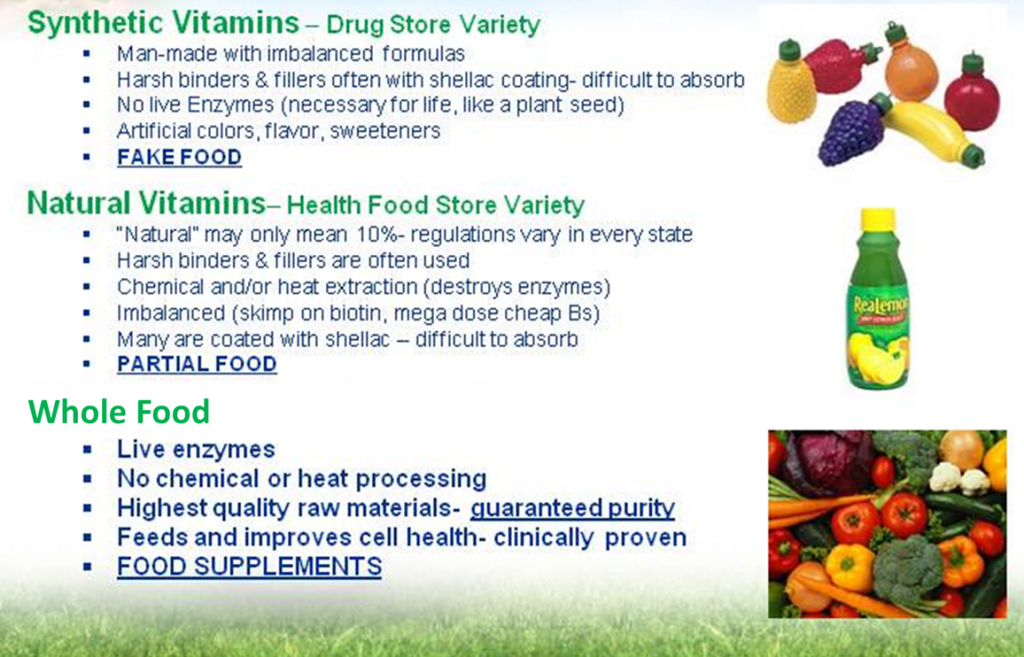 |
Although chemical companies like BASF would have you believe that synthetic vitamins or other manufactured nutrients are identical to the naturally occurring forms, that is just not so.
Our digestive tract preferentially absorbs LESS of them than their natural counterparts, and the body also chooses to excrete them more rapidly.
[6],
[7],
[8],
[9]
All of the large prospective studies of the last 40 years have shown that those individuals who eat the most fruits and vegetables also have the lowest incidence of the ALL diseases of old age:
heart disease,
cancer,
stroke,
pulmonary diseases (including pneumonia), and
stroke.
Those are the top killers of everyone above the age of 55.
[11]

If you like what you've read so far,
then sign up right here, right now!
Monthly investment is 8.99
Find out more on our Newsletter Home Page
NOTE: Certain portions of our website are password protected.
Contact me at DrFrankmeister@sbcglobal.net for access.
|
|
Your Shaklee
Independent
Distributor

Frank M. Painter, DC
HealthQuest Newsletter
Buffalo, NY
DrFrankmeister@sbcglobal.net
My Shaklee Page

Member ID:
DR72118
 Please e-mail me
Please e-mail me
I am happy to help!
Shaklee Life-Strip
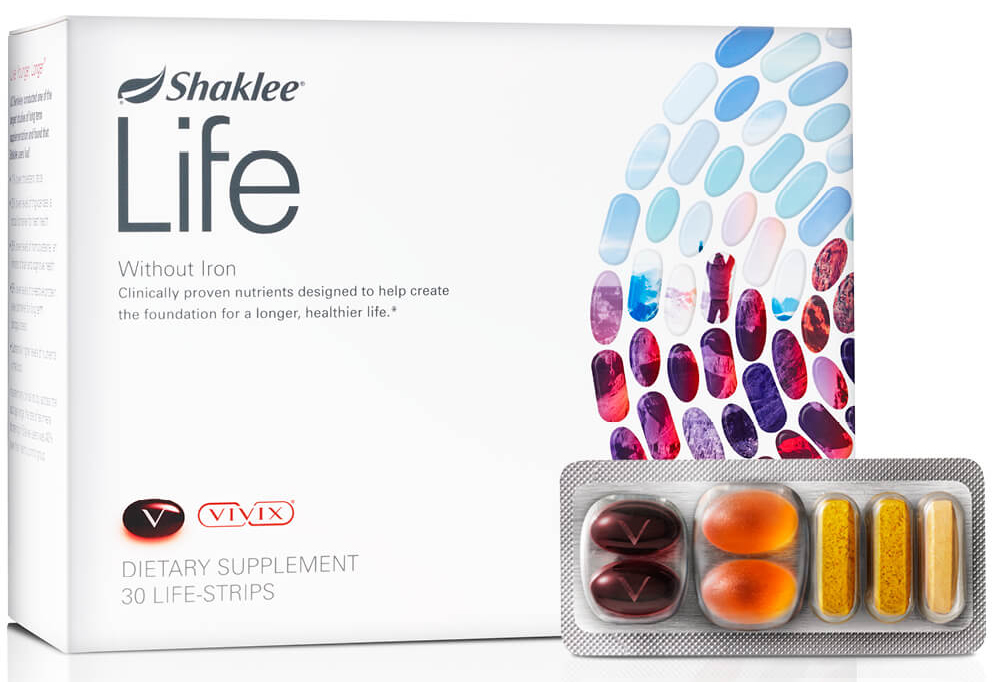
– and –
Shaklee Vitalizer
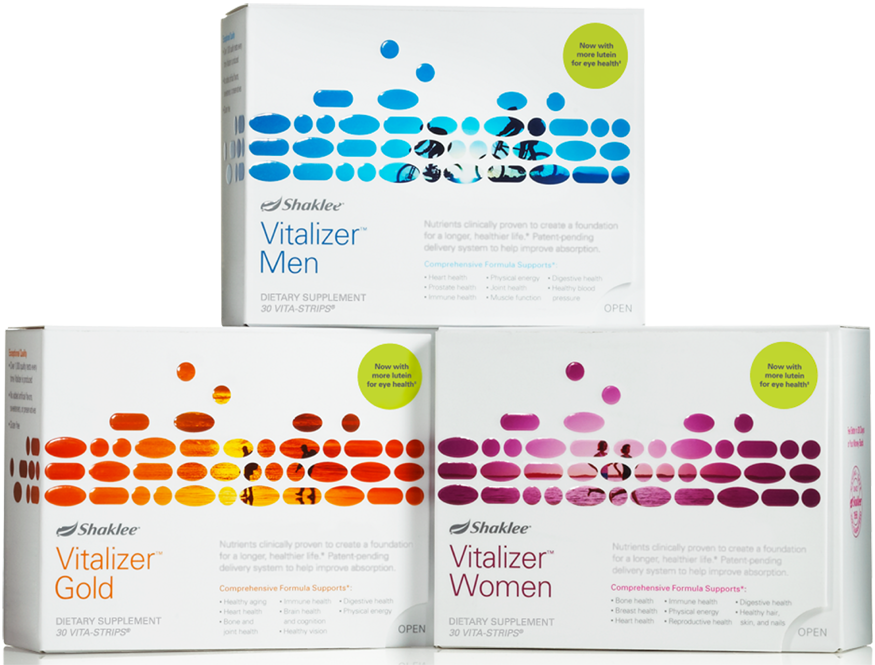
Shaklee Protein

Shaklee 180

Shaklee Vivix

Brain Health
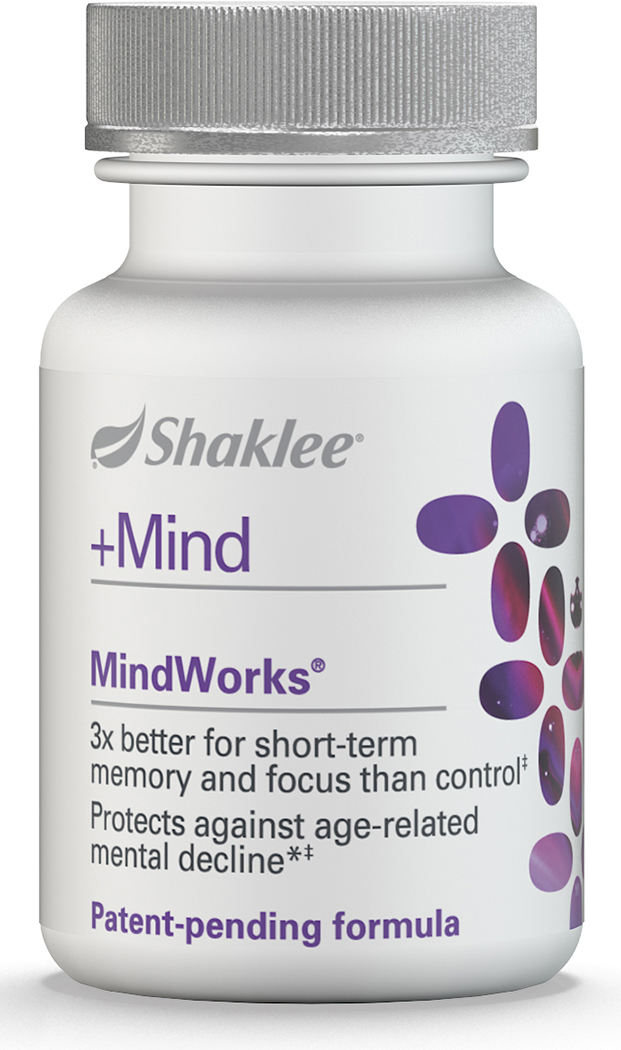
Heart Health
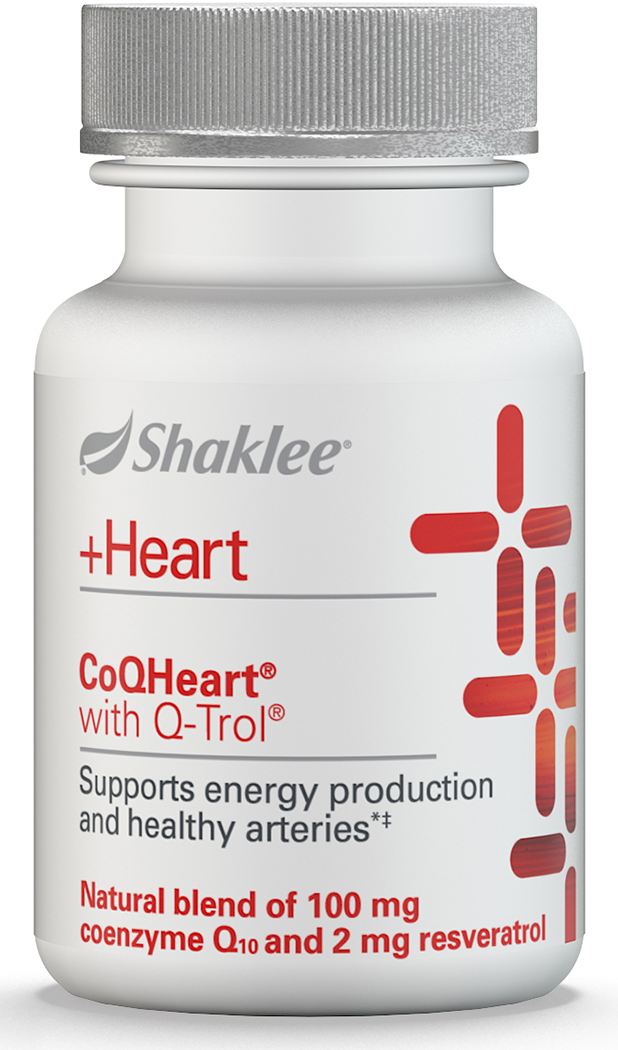
| 
